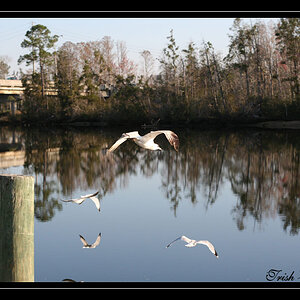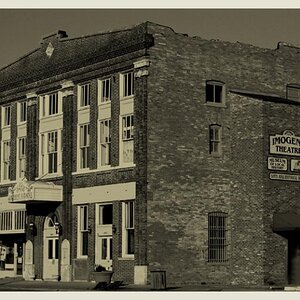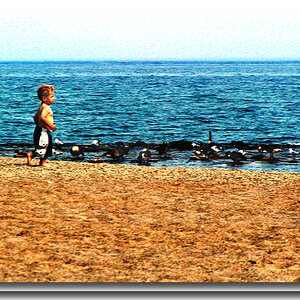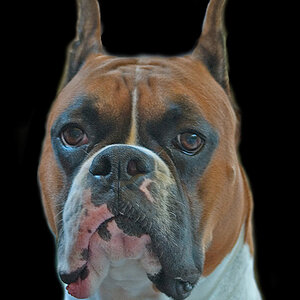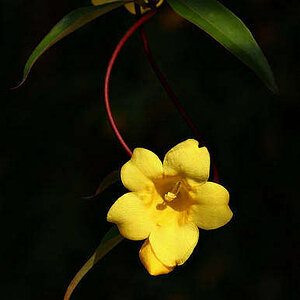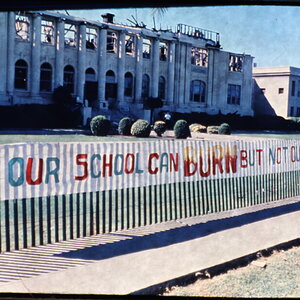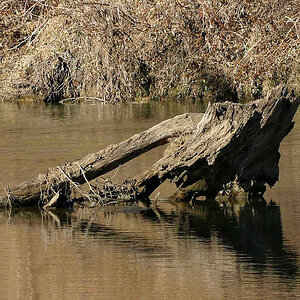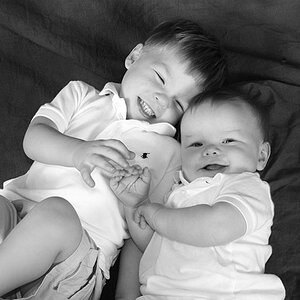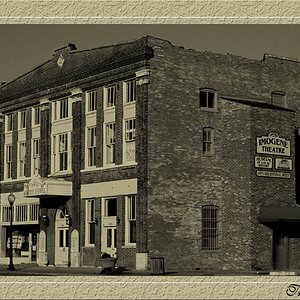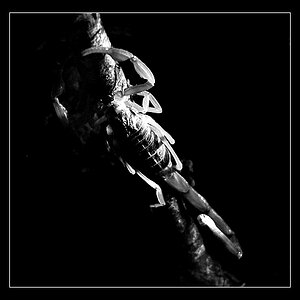RKRAMOS
TPF Noob!
- Joined
- Jul 6, 2011
- Messages
- 75
- Reaction score
- 0
- Location
- Raeford, NC
- Can others edit my Photos
- Photos OK to edit
I posted a thread earlier today about me getting into Macro photography and put up three pictures (They aren't amazing) from me just messing around. I also asked what kind of lens I should get, because I want to get more involved with Macro photos. I have a Nikon D5100 and currently I'm using the Macro attachment on my Opteka .45x HD II Wide Angle Lens (52mm). I want a lens that is amazing for Macro photography but also one that isn't going to cost a fortune. What's a good lens that a starter photographer should have for Macro shots?
Thank you
- Rick.
Thank you
- Rick.



